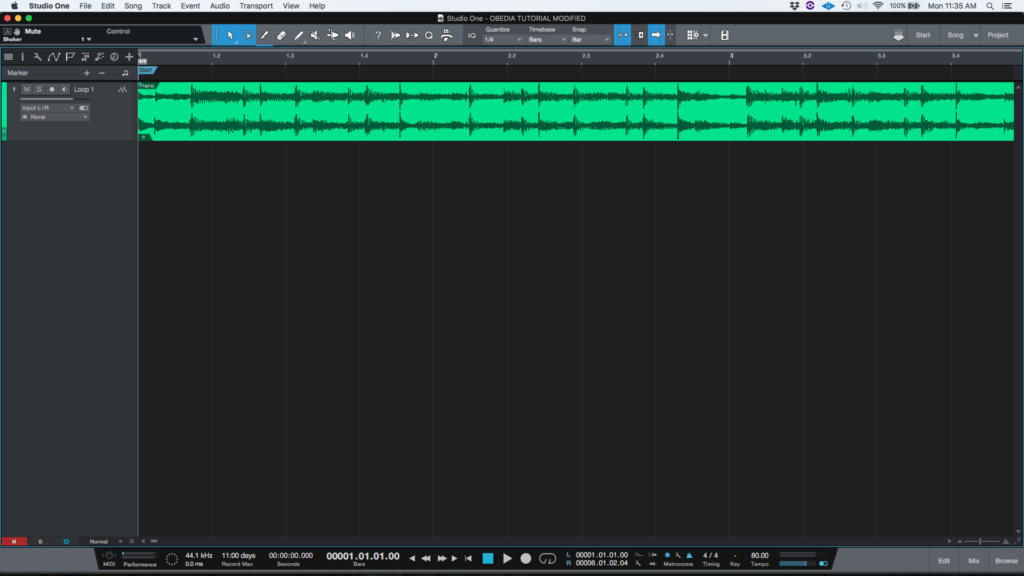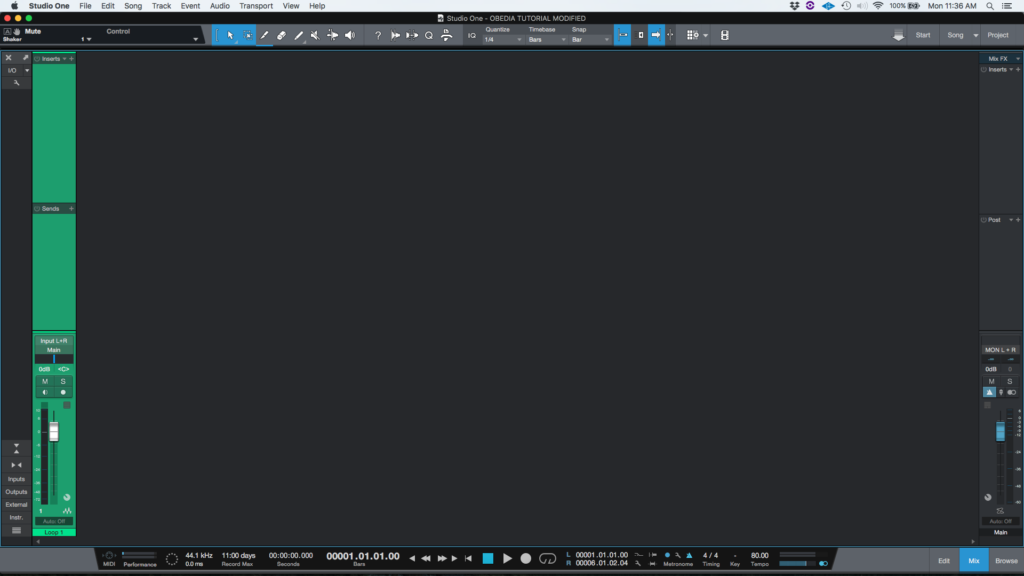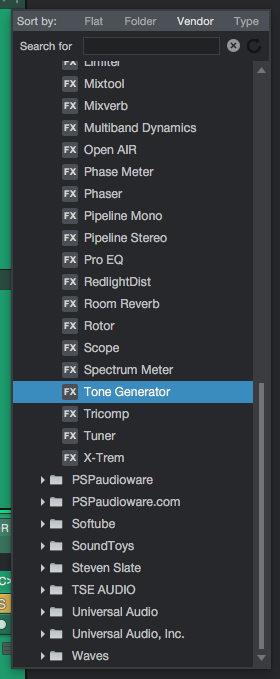The following tutorial shows the user how to use the Tone Generator Plugin in PreSonus Studio One 4.
Need a Pro Audio laptop to run Presonus Studio One 4 software and all of its features at its best? Check out the MC Mobile line of Pro Audio Laptops from PCAudioLabs.
On the modern days of audio mixing, the digital tools that engineers use in order to shape the recorded sound are called Plugins. Plugins can emulate the behavior of vintage analog pieces of gear, or simply act as clean/linear digital signal processors, performing tasks such as equalization, compression, limiting, expansion, gating, time-domain effects, etc. Studio One 4 comes with a variety of proprietary plugins that can help the user mix a music production completely “in-the-box”.
One of the most used inserts that come with Studio One is the Tone Generator, which can be defined as a device that lets the user create a certain audio signal that can be used for speakers and level calibration purposes as well as aesthetic mixing tricks.
For the purpose of this tutorial, we will explain how to use the Presonus Tone Generator plugin in Studio One 4:
- Open or create a new Studio One 4 song:
2. Open and maximize the MIX tab:
3. From the inserts list of the track, select “Tone Generator”:
The Tone Generator plugin window will open as:
It is easy to see from the previous picture, the Tone Generator plugin has several parameters that can be explained as:
- Waveform: This selector lets the user switch between sine, saw, rectangle, pink noise, and white noise.
- Frequency: This knob sets the frequency of the tone from 1 Hz to 22 KHz.
- Modulation:
- Wobble: The user can engage this to make the tone frequency move from the set frequency to the modulation Target Frequency, according to the Modulation setting
- Long Sweep: When this button is engaged, the frequency sweep will be logarithmic instead of linear.
- Length: This knob sets the length in time of the sweep from Frequency to Target Frequency.
- Phase Shift: This knob sets the phase shift that occurs over the chosen Length of time.
- Target Frequency: This knob sets he end frequency to which the tone is swept during modulation.
- Off/Gated/ON: The default position for this is OFF. Gated mode allows the output to be turned on via a note played on a Keyboard. ON mode simply turns on the output.
- Level: This knob sets the output level of the generator.
For the purpose of this tutorial, we will use the Tone Generator to create pink noise for calibration purposes at -14 dB FS. The Tone Generator plugin should be set as:
- Waveform: Pink.
- Frequency: Disabled.
- Modulation:
- Wobble: N/A.
- Long Sweep: N/A.
- Length: Disabled.
- Phase Shift: Disabled.
- Target Frequency: Disabled.
- Off/Gated/ON: ON.
- Level: -14.
4. Apply the previous configuration, and the Tone Generator plugin should look like this:
At this point we have successfully explained how to use Tone Generator in PreSonus Studio One 4. The tutorial has now finished.
Using Presonus Studio One 4 software to produce music would be ideal with one of our professionally designed PCAudioLabs Systems due our high-performance specifications in order to work with any of the Digital Audio Workstations supported. If you would like to order one of our PCAudioLabs computers, please call us at 615-933-6775 or click this link for our website.





